South Yorkshire RSPCA issue advice to new pet owners as huge numbers adopt during pandemic
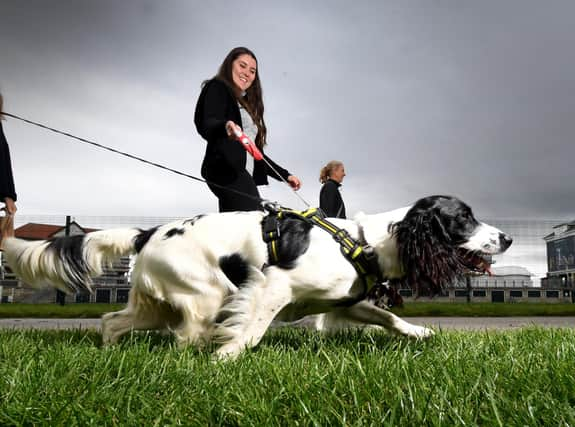

The RSPCA is highlighting the importance of understanding our pets’ behaviour and body language this month, which it calls Adoptober, to keep them happy and healthy. The charity urges people to Adopt Don’t Shop and shines a light on the rescue animals looking for forever homes in RSPCA care.
Dr Sam Gaines, head of the companion animals team at the RSPCA, said: “There has been a boom in pet ownership during the pandemic and whilst it’s great to see so many pets becoming a real source of comfort during the last year, it’s important that we remember that our mental health can impact on that of our pets and we need to make sure we consider their mental health and know how they are feeling.”
Dogs
Advertisement
Hide AdAdvertisement
Hide AdAs dog owners go back to offices, some dogs may struggle to adapt to being left alone for short periods.
Body language of a worried or unhappy dog:
Standing with low body posture and head position. Tail is tucked under, ears are back and the dog is yawning.
Lying down, avoiding eye contact and lip licking with their ears back.
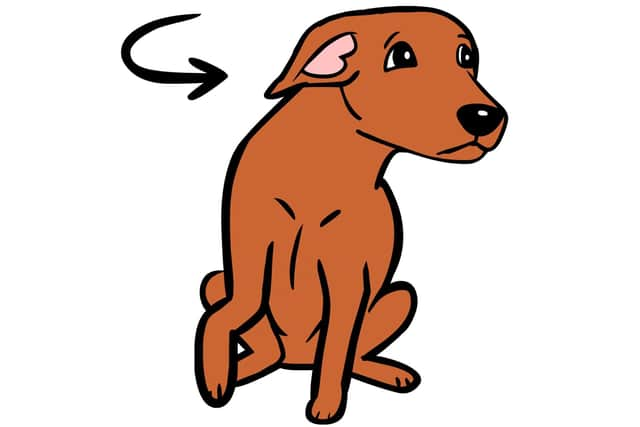

Sitting with head lowered, ears back, tail tucked away, not making eye contact, yawning or raising a front paw.
Advertisement
Hide AdAdvertisement
Hide AdStanding with a stiffened body posture, weight forward, ears up, hair raised, pupils dark and enlarged. Tail is up and stiff and nose may be wrinkled.
Cowering with flat ears, teeth showing and tail between their legs.
Happy dog’s body language:
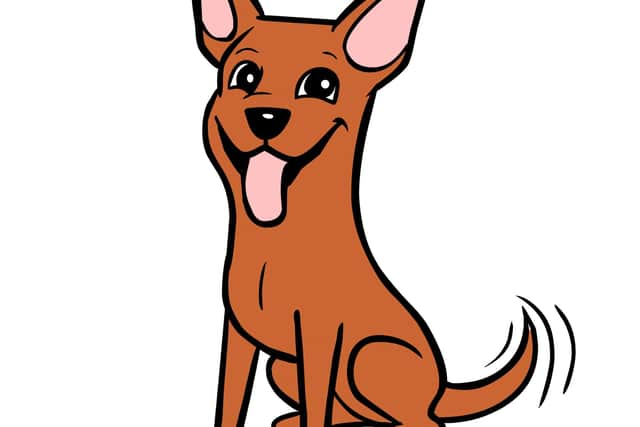

Relaxed posture, smooth hair, mouth open and relaxed, ears in a natural position, wagging tail.
Dog invites play with bottom raised, smooth hair, high wagging tail. They may be barking excitedly.
Cats
Advertisement
Hide AdAdvertisement
Hide AdMost cats like routine and a disruption to this may leave some feeling stressed or anxious.
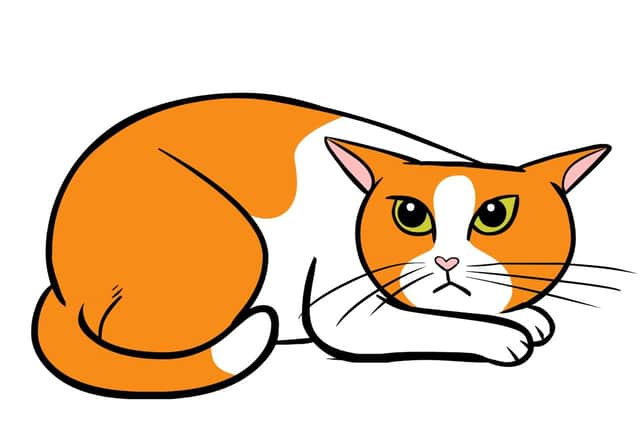

Worried or unhappy cat:
Crouched position, muscles tense, body held tightly, tail tucked tightly into body and ears slightly swivelled sideways. Head slightly lowered and tucked into the body, pupils are dilated and mild tension shows in their face.
Lying down, body flattened, ears flattened to the head, pupils dilated and tail held tightly into the body.
Lying down, body flattened, ears flattened to the head and drawn back, body slightly rolled over to one side, pupils dilated, mouth open and tense and teeth showing.
Advertisement
Hide AdAdvertisement
Hide AdStanding with arched back, body held sideways and fur raised. Posture is tense, front paw slightly lifted ready to swipe, ears lowered and pointing out to the side, mouth open and tense, teeth showing, tail tensed.
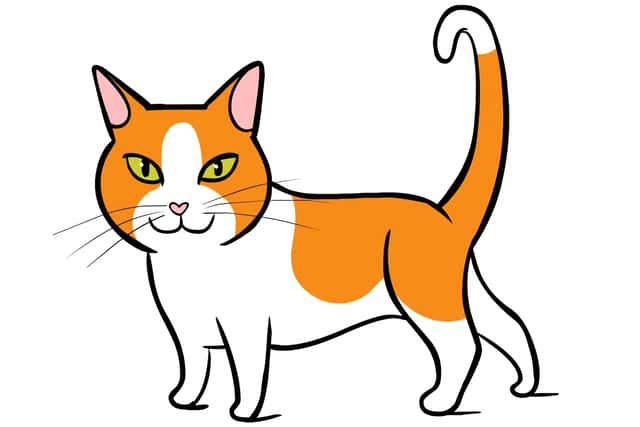

Happy cat:
Standing with relaxed body posture, ears in natural position, tail held upright with tip curved, eyes normal shape, mouth closed.
Lying down, belly exposed, body posture relaxed and stretched out, ears in natural position, eyes may be partly closed, mouth closed.
Rabbits
People assume that they are simple to care for but they are complex, social animals.
Worried or unhappy rabbit:
Advertisement
Hide AdAdvertisement
Hide AdCrouched, muscles are tense and head flat to the ground, ears wide apart and flattened against the back, pupils dilated.
Moving away, flicking the back feet. Ears may be held against the back.
Sitting on back legs with front paws raised, displaying boxing behaviour. Ears pointed upwards and facing outwards, may also be growling.
Standing with body tensed and back legs thumping. Tail raised, ears pointing upwards and slightly turned outwards, facial muscles tense and pupils dilated.
Advertisement
Hide AdAdvertisement
Hide AdStanding tense with body down and weight towards the back, head tilted upwards, mouth open and teeth visible. Ears held back and lowered, tail raised and pupils dilated.
Happy rabbit:
Lying down, relaxed body posture and legs tucked under body.
Lying down with a fully extended, relaxed body. Back legs stretched out behind and front paws pointing forward.
Rabbit jumps up and twists in mid-air before landing (called a ‘binky’).
Advertisement
Hide AdAdvertisement
Hide AdFor information about Adoptober, visit www.rspca.org.uk/Adoptober
To see animals for rehoming, visit www.rspca.org.uk/findapet
Donation line on 0300123 8181 or visit the website.
